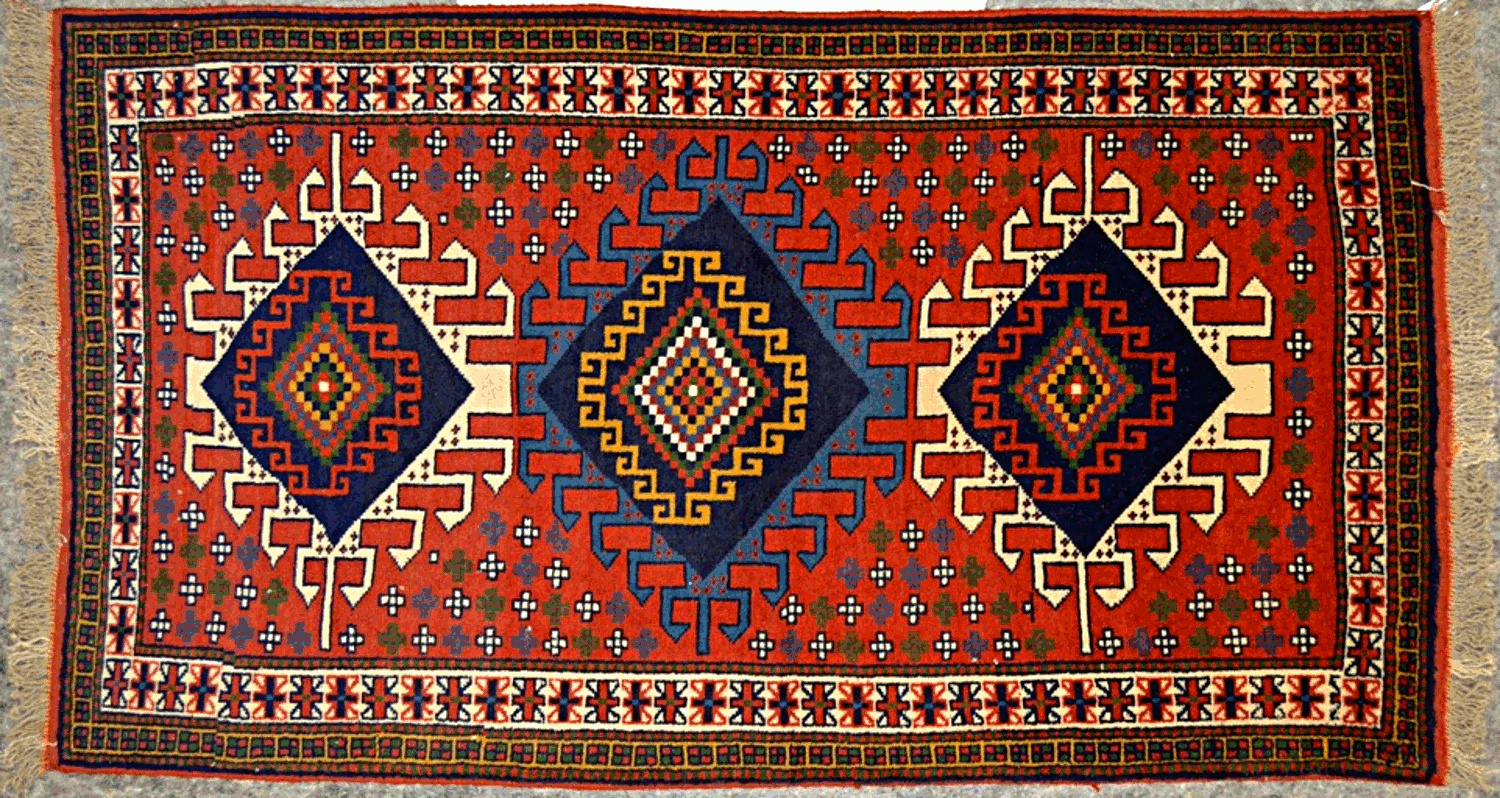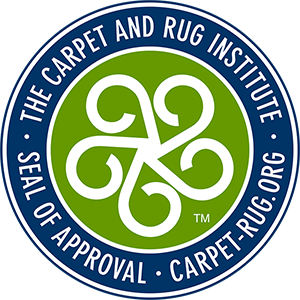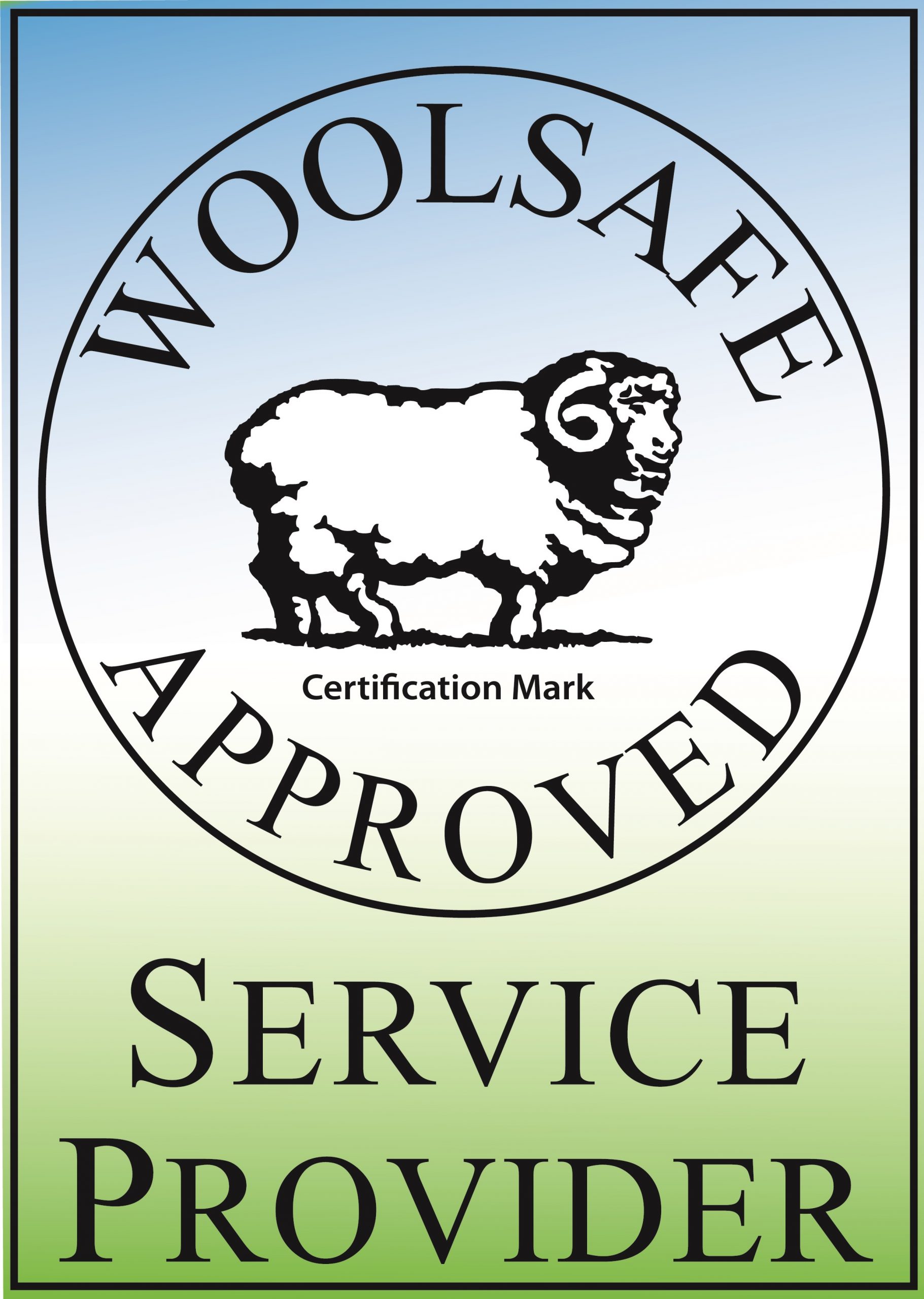
How To Identify a REAL Persian or Oriental Rug
Exactly What Is An Oriental Rug?
As an “Oriental” rug cleaning, restoration, and repair company, the professionals at Oriental Rug Salon continuously hear clients referring to their Persian or Turkish wool or silk area rugs as “Oriental rugs”.
The term “Oriental rug” seems to be a catch-all for consumers when they speak about their cherished rugs. Persian rugs are not “Oriental rugs”, they’re Persian rugs and machine-made “Oriental rugs” are not real Oriental rugs.
“Oriental” rugs are produced in “Oriental countries” such as Asia, China, and other locations in the eastern world. Persian, Turkish, Gabbeh, Kilim, Navaho, and other rugs are made in their perspective countries such as Afghanistan, Iran, Turkey, etc.
Materials Used in Persian and Oriental Rugs
Many Oriental, Persian, Turkish, etc. area rugs are created primarily from wool or silk, which is knotted into a cotton foundation. Wool is a critical factor in the quality of hand-knotted or machine-made area rugs and the quality of the wool used in the making of the rug is dependent on several factors, such as climate and pasturage.
For Persian made area rugs, the Persian lamb is known for its high-quality wool. However, Turkey, the Caucasus, Turkestan, India, Pakistan, and China all produce wool fully equal to that from Persia. The hill regions in these countries, where the climate is often cooler produce sheep that provide stronger and more pliable wool. The quality of the wool used in the making of an area rug can affect the rug’s overall value.
Persian and Oriental rug wool is classified into three categories:
⦁ Live Wool
⦁ Dead Wool
⦁ Used Wool
Live wool is wool sheared from living sheep. Dead wool is removed from a sheep’s hide chemically and is brittle, coarse, poor quality and used in the production of many high volume commercially available rugs. Dead wool rugs also shed profusely. Used wool is redyed wool that is recycled from cloth and used in low-grade rugs.
Durable and soft, Live Wool will retain its lanolin and essential oils, which adds resilience to a rug. The best live wool captures light and diffuses it among its fibers.
The chemicals used to remove Dead Wool can be dryer, and more abrasive. When used in rugs, the colors may seem cloudy when compared to live wool, as light is reflected off the surface. Rugs made from dead wool do not wear as well and lack resilience. Many inexpensive wool area rugs are made from dead wool and are not created to last.
Dyes of Persian and Oriental Rugs
The dyer is highly respected for his skill and deserves credit for the beauty, clarity, and depth of color in a wool or silk area rug. In the Orient and with Persian and Turkish rug-making families, each has their own special formula for the dyeing of yarn, which has been handed down through several generations.
There are Three Basic Categories of Dye’s That Are Used for Persian and Oriental Rugs:
⦁ Natural Dyes
⦁ Aniline Dyes
⦁ Chrome Dyes
Natural dyes Give the yarn a natural sheen. This type of dye is made from flowers, roots, berries, bark, and insects, as well as from minerals or metals such as iron. Click HERE to see how wool is dyed.
Aniline dyes are acid-based synthetics. They are most typically used with poorer grades of wool and lower quality rugs. The harshness of these dyes results in wool that is stiff, hard, and brittle because the fat in the wool disappears as a result of the chemical process and makes the wool fiber break when it’s disposed to weigh. These rugs have a propensity to shed throughout the rugs life.
Chromium dyes are acid-based synthetic dyes and in quality, arguably, are now almost equal to vegetable dyes. Chromium dues are colorfast in washing and do not harm wool. These dyes offer rug manufactures a much wider variety of shades and colors than natural dyes.
Colors of Persian and Oriental Rugs
The materials, colors, patterns, and, designs of a genuine hand-knotted Persian or Oriental rug tells a unique story and serves as a testament to the extraordinary history of the rug. If you’ll look at your hand-knotted area rug and notice the colors used and the designs placed on the rug, it’ll tell you a story.
For example, the color red is associated with feelings of passion and vitality. Depending on the hue, red can be a soft, warm shade or a vibrant and energizing color. People use red colors to express exciting emotions and grab people’s attention. Red is also the color of blood and fire, two powerful symbols and forces of nature.
Design of Persian and Oriental Rugs
The patterns in Oriental and Persian (and others such as Turkish, Kiliam, etc.) are unique and developed by various districts and tribes. By identifying the pattern of the field you can distinguish among the four basic types of rugs:
⦁ Medallion Design
⦁ All-over or repeat
⦁ Representational
⦁ Niche and tree
Medallion: This design features a field in a solid color, or with small designs surrounding a central medallion. The most common layout is the central medallion, placed either as a single element at the center or in a repeating column within the field. Spandrels are usually placed at the four corners of the field.
Repeat: A repeat design consists of a dense, repeating geometric pattern that is cut off at the borders of the rug. Some of the most popular rugs have an “all-over” design within the field. Small motifs in repeating columns, such as the Herati or Boteh, create the pattern.
Representational: The third major group, representational, depicts people and animals, often in story situations.
Niche and tree: Uniform from a style aspect, the patterns in Niche and tree may vary considerably. Many prayer rugs have a Niche design.
At Oriental Rug Salon we LOVE Oriental and Persian area rugs. Our clients depend on us to provide knowledge, in addition to their rug cleaning or repair needs. The more you know about your area rug, the more you’ll appreciate the hard work and skill involved in creating your one of a kind piece. No two hand-knotted area rugs are identical.
Oriental Rug Salon is a full-service wool and silk rug cleaning, repair, and restoration service company serving clients nationwide. All of our cleaning efforts are by hand and our technicians have years of experience and certification in the cleaning and restoration of all rug types.
Oriental Rug Salon is a Certified Partner with the international Institute of Inspection, Cleaning and Restoration Certification (IICRC) and the prestigious Carpet & Rug Institute (CRI). We are also a WoolSafe Certified Service Provider.
For more information about Oriental Rug Salon and the services we offer, please visit us online at www.OrientalRugSalon.com or call us anytime at 239-424-8171.
You can also visit us on our Facebook Page at https://www.facebook.com/OrientalRugSalon



